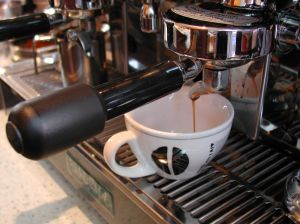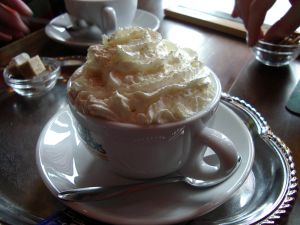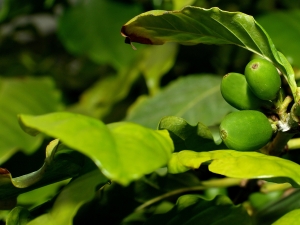 If you find a day without a single drop of caffeine in your system simply intolerable, then you’ll probably want to make sure that your old breakfast buddy works every time. We’re talking about that commercial coffee maker that always seems to have a place in your kitchen counter so that every morning, you can scoop in the coffee, add water, and turn it on and god forbid if it would suddenly stop working because there would be hell to pay.
If you find a day without a single drop of caffeine in your system simply intolerable, then you’ll probably want to make sure that your old breakfast buddy works every time. We’re talking about that commercial coffee maker that always seems to have a place in your kitchen counter so that every morning, you can scoop in the coffee, add water, and turn it on and god forbid if it would suddenly stop working because there would be hell to pay.
So you can’t live without your commercial coffee maker. But have you ever wondered how the whole thing even works? What happens when you press that tiny little button? And how does the water get from the little compartment to the top of the commercial coffee maker?
Well, good news. Any questions you may have about your commercial coffee maker have been answered. Here, you will learn all the itsy-bitsy bits about your commercial coffee maker that you may have wondered about but never bothered to find out (because you’re too busy enjoying your cup of brew). For purposes of this article, focus will be on the typical drip coffee maker, which is the most common type of commercial coffee maker available.
First, let us examine the parts. The most obvious, of course, is the coffee pot (where you pour your coffee from). Now, take the top off of the contraption and you will see three important parts: the bucket that holds the water, the black tube that carries the hot water to the drip area, and the drip area where water from the black hot-water tube falls through tiny holes onto the coffee grounds.
The drip commercial coffee maker is not a high tech device but its straightforward design is to the advantage of those who just want their morning coffee on a regular basis without having to constantly figure out how to make the device work.
Now, how does your commercial coffee maker make hot coffee? Well, it all comes down to simple physics and two small contraptions: resistive heating element and an aluminum tube. The resistive heating element is just a coiled wire not unlike the filament of a light bulb. When electricity runs through the wire, it increases in temperature.
The resistive heating element actually does two jobs:
- When you first put the water in the commercial coffee maker, the heating element boils it.
- Once the coffee is made, the heating element keeps the coffee warm. (The wire connects with the heating pad to make sure of this.)
And that is pretty much what happens inside your commercial coffee maker. It’s not rocket science, but the kind of coffee it can make certainly makes you think that it’s probably one of the best things man ever invented.

 Coffee is one of the world’s most popular beverages and is also one of the most diverse. There are actually a lot of coffee drinks that differ in presentation, such as black coffee, white coffee, lattes, espressos, and many others. In addition, there are different coffee drinks that differ in terms of recipe and flavor that are perfect for different moods and different situations. If you think you have tried all kinds of coffee drinks, thing again. Because of its wide varieties, there are some names that you have never heard before.
Coffee is one of the world’s most popular beverages and is also one of the most diverse. There are actually a lot of coffee drinks that differ in presentation, such as black coffee, white coffee, lattes, espressos, and many others. In addition, there are different coffee drinks that differ in terms of recipe and flavor that are perfect for different moods and different situations. If you think you have tried all kinds of coffee drinks, thing again. Because of its wide varieties, there are some names that you have never heard before.
 Choosing good coffee beans has a lot more to do with art than with science. And those who know how to, will spare nothing just to find the best coffee beans that money can buy. But why should you care? Coffee beans are just coffee beans, right? And coffee is just…coffee. What’s the big deal?
Choosing good coffee beans has a lot more to do with art than with science. And those who know how to, will spare nothing just to find the best coffee beans that money can buy. But why should you care? Coffee beans are just coffee beans, right? And coffee is just…coffee. What’s the big deal?
